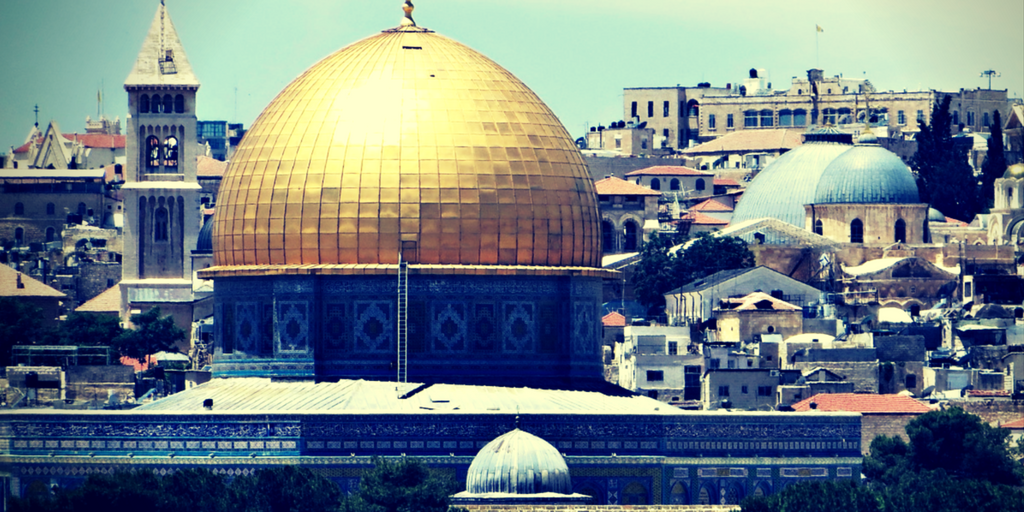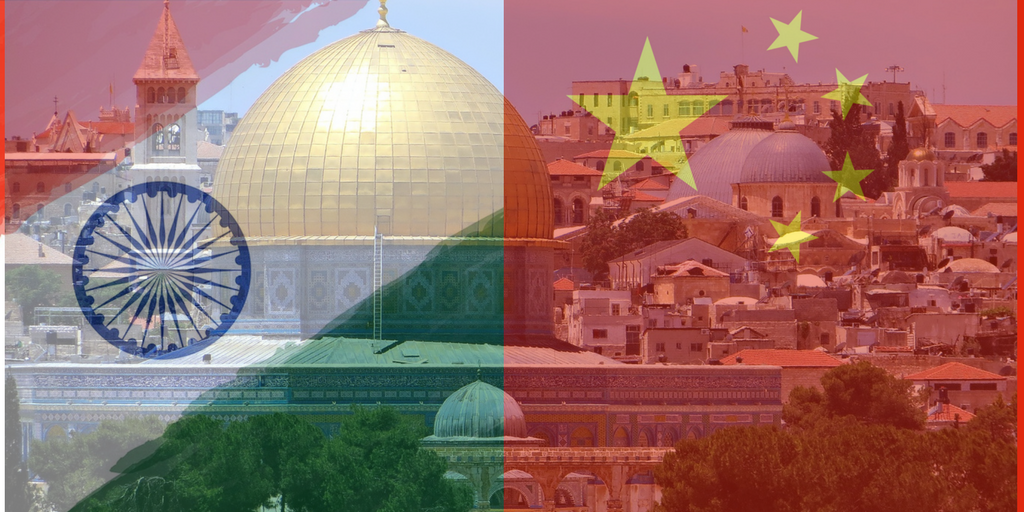President Donald Trump’s tweet last week after the UN Security Council voted to put new sanctions on North Korea held within it loads of information that should have alarmed both the President’s most dedicated followers as well as most Americans. Here it is again:
Just completed call with President Moon of South Korea. Very happy and impressed with 15-0 United Nations vote on North Korea sanctions.
— Donald J. Trump (@realDonaldTrump) August 7, 2017
While the UN Security Council vote was important, the idea that more sanctions would cause North Korea to simply just roll over is pure fantasy.
At the same time as the UN Security Council vote North Korea’s “Number Two” headed to Iran for ten days to strengthen ties between the two countries. These ties have been covert for years, but now with official sanctions having been increased, Iran’s backing to the North Korean regime becomes key in allowing the nuclear progress to continue at an increased pace.
Furthermore, as long as the world believes Iran is abiding with the Nuclear Deal then cash will continue to flow into Iran. These investments by Russia and China are no doubt now being channeled back into North Korea for nuclear weapons development.
A Soft Coup in the US by the Generals?
With the take over of Gen. Kelly as White House Chief of Staff and the growing influence of Generals McMaster and Mattis, the alt-right has been abuzz with the rumors of a soft coup. No matter the exact terminology, there is a growing sense that all the President has is his Twitter feed.
Anytime there is military personel involved with the day to day running of the government, especially when war is on the horizon, the chances for direct conflict can and will increase.
While Trump has ratcheted up his rhetoric against North Korea, the real question on why he has allowed Generals who have either bent over backwards to support the Iranian nuclear deal or at least have been complacent with the Persian expansion to continue to strengthen their control over America’s foreign policy.
By not tackling the growing partnership with Iran, the US has forfeited their ability to shut down the orth Korean threat in a peaceful manner. The world’s money is pouring into Iran and thus enabling Kim Jong Un to move beyond theatrics.
General McMaster, the head of the NSC has not only been one of the biggest supporters of the Iranian nuclear deal, he has cleared the NSC of any opposition to that deal. By creating an atmosphere where Iran gets a free ride and thus empowers a situation where North Korea can trigger a nuclear war is not only negligent, but downright dangerous. The current situation has lead to a militarization of the American government in both day to day thinking and actual action.
The following Tweets from Trump hold an ominous tone:
My first order as President was to renovate and modernize our nuclear arsenal. It is now far stronger and more powerful than ever before….
— Donald J. Trump (@realDonaldTrump) August 9, 2017
…Hopefully we will never have to use this power, but there will never be a time that we are not the most powerful nation in the world!
— Donald J. Trump (@realDonaldTrump) August 9, 2017
The world has every right to be nervous. Afterall the Executive branch is being run by three generals and they have not only choked off President Trump’s closest friends, but have left him with only a Twitter feed to vent.
Buckle your seat belt, the World is about to get very rocky!








